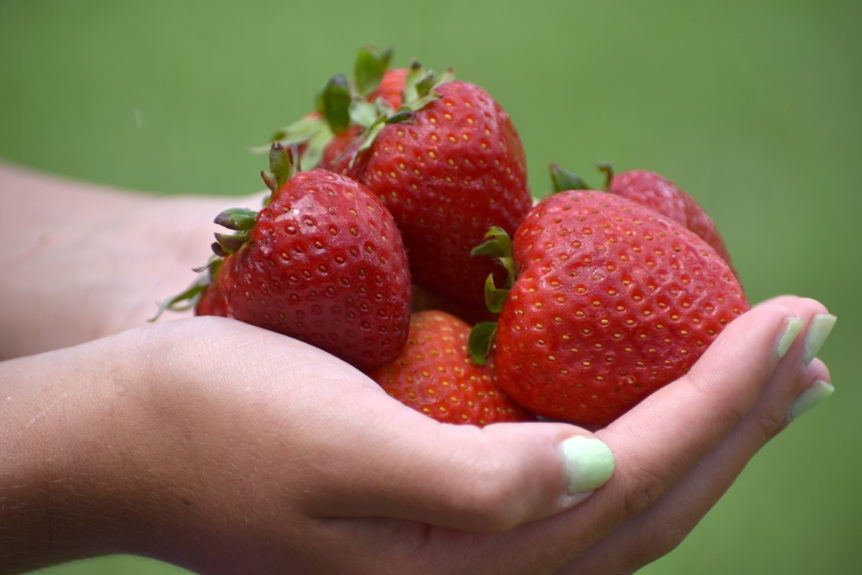
By Clint Thompson
A nightmarish start to the strawberry season late last summer has turned into an optimistic outlook for Alabama grower Jeremy Calvert.
Like other producers across the Southeast, Calvert was impacted by Neopestalotiopsis disease when he received transplants prior to the season. However, Calvert is seeing great potential in this year’s crop.
“A great many growers in the state received plants with the new strawberry disease, Neopestalotiopsis. Most of us growers received plants with the disease. We’ve managed it as good as possible. We set out more bare root plants, though we couldn’t get them on time. Folks I’m in regular contact with that are the same size as me or a little larger, we’ve dealt with some loss,” Calvert said.
“We may have lost a third of some plantings. I’ve been extremely nervous about this crop since mid-August of last year. I’ve lost a lot of sleep. But I can say, what I see in my field now, I’m very optimistic about. The plants have set a lot of fruit. I see no signs of disease. I am pleasantly surprised with what I see now.”
Later Start to Harvest Season
Strawberry harvests have finally begun in North Alabama. Considering his town’s vulnerability to cold weather, it is not surprising that Calvert’s harvest season was delayed nearly two weeks in Cullman, Alabama.
“Our starting season can vary as much as a month. We’re probably about 10 days late. We have picked as early as March 10 and as late as April 15,” Calvert said.
“January wasn’t all that bad. In February we just had a lot of cold, cloudy days. Late in the month we had one night where we got down to 18 degrees (Fahrenheit). Obviously, it didn’t kill strawberry plants. We had our plants covered, and most all of the growers did. But 18 degrees, any bloom outside the crown is dead even if it is covered. It just knocked us back.”
Calvert started harvesting this year’s crop last week.
“Generally, we pick around the end of March, the third week of March as a general rule, but like I told you, it can vary as much as a month. It’s all to do with the weather in late January and early February,” Calvert said. “In early January, we almost always have a streak of cold weather where we get down in the single digits. It’s the weather afterwards that determines what we do.”










